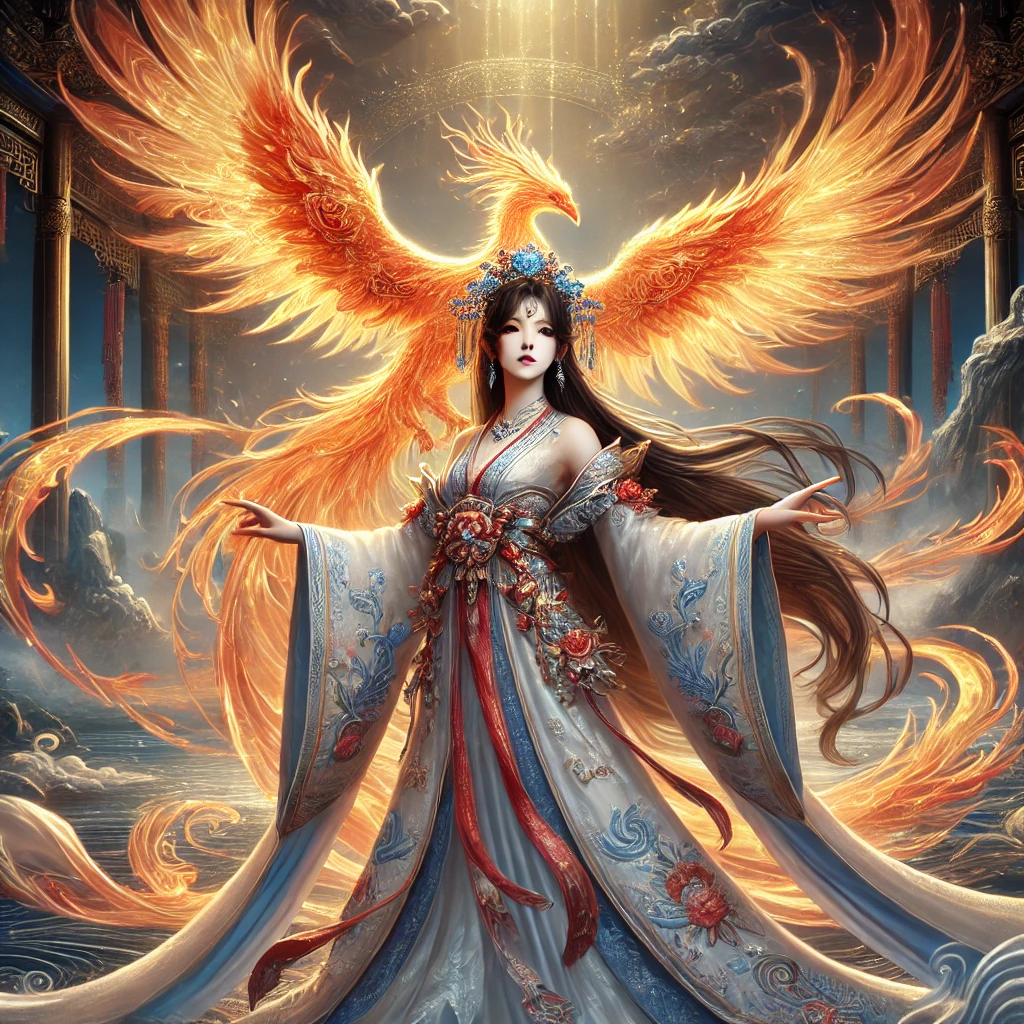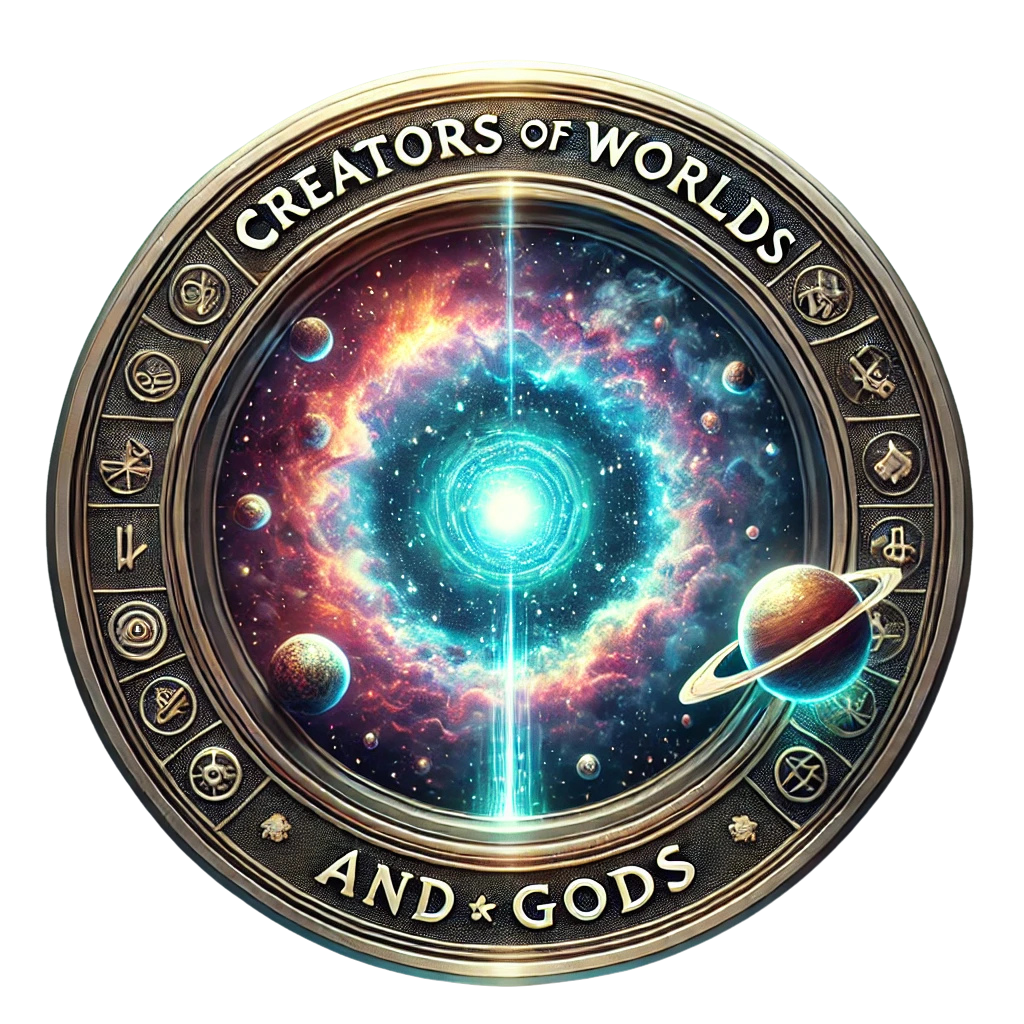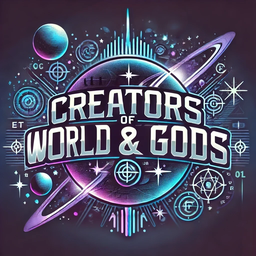Blog
The Historical Foundations of Wuxia Stories

Wuxia, a genre deeply rooted in Chinese culture, has captured the imagination of millions around the globe. Its tales of wandering heroes, martial arts mastery, and philosophical quests have created a unique storytelling tradition. But beyond the romanticized depictions of sword fights and chivalry lies a rich tapestry woven from historical events, societal structures, and philosophical doctrines. This blog explores the historical foundations of wuxia stories, tracing their roots in Chinese history, literature, and philosophy.

1. The Origins of Wuxia: Warrior-Knights and the Mandate of Heaven
The term “wuxia” (武侠) combines two Chinese characters: “wu” (martial) and “xia” (chivalry or heroism). While wuxia as a literary genre emerged during the Tang Dynasty (618–907 CE), its origins can be traced to even earlier historical periods. The ideals of xia, or the chivalrous code, can be found in China’s feudal societies, where warrior-knights served lords and upheld moral values.
The Knights-Errant of Ancient China
Historical records like Sima Qian’s “Records of the Grand Historian” (Shiji) document stories of youxia (wandering knights). These figures often operated outside formal societal structures, defying corrupt officials and championing the downtrodden. For example:
- Nie Yinniang, a legendary assassin from the Tang Dynasty, embodied the xia ideal with her loyalty and strict moral code.
- The Four Great Assassins of the Warring States period (475–221 BCE), including Jing Ke, whose attempted assassination of the King of Qin has been immortalized in literature and film (Hero, 2002).
Confucian Influence: Duty and Morality
While Confucianism emphasized loyalty to the state and family, it also supported the idea of righteous rebellion against tyranny. This tension—between obedience to authority and personal morality—becomes a recurring theme in wuxia stories, where heroes often clash with corrupt powers.
Recommendation:
- Book: The Assassin’s Blade: Nie Yinniang and Her Story by Peipei Qiu provides insights into Tang Dynasty tales.
- Movie: Hero (2002) by Zhang Yimou reflects the conflict between personal vengeance and loyalty to the greater good.
2. Martial Arts: Philosophy Meets Combat
Martial arts (武术) are the lifeblood of wuxia stories. However, they are not just techniques of combat but also expressions of deeply rooted Chinese philosophies such as Daoism, Confucianism, and Buddhism.
Daoist Concepts in Wuxia
Daoism, with its emphasis on harmony, nature, and the Dao (the Way), profoundly influences wuxia heroes. Daoist themes like inner cultivation and achieving balance resonate through martial arts practices such as tai chi and qigong. Wuxia protagonists often pursue spiritual as well as physical mastery.
Example: The 1970s TV series The Legend of the Condor Heroes (based on Jin Yong’s novel) explores how martial arts can harmonize with nature and the Dao.
Shaolin Monks and Martial Arts
The Shaolin Monastery, established in the Northern Wei Dynasty (386–534 CE), became a symbol of the fusion of Buddhism and martial arts. Stories of Shaolin monks defending the monastery against invaders are central to wuxia lore. These tales highlight themes of self-discipline, humility, and the pursuit of enlightenment through combat.
Recommendation:
- Book: The Shaolin Monastery: History, Religion, and the Chinese Martial Arts by Meir Shahar.
- Movie: Shaolin Temple (1982), starring Jet Li, dramatizes the Shaolin legacy.
3. The Ming and Qing Dynasties: Wuxia’s Flourishing and Censorship
The Ming (1368–1644) and Qing (1644–1912) Dynasties were pivotal in shaping wuxia stories as we know them today. During the Ming Dynasty, martial artists, secret societies, and rogue heroes often defied imperial rule, reflecting the growing discontent among the populace.
Ming Dynasty: The Rise of the Jianghu
The concept of jianghu (江湖)—the “rivers and lakes” underworld where martial artists, rebels, and outlaws dwell—emerged during this period. Jianghu became the perfect setting for wuxia tales, offering a liminal space where societal norms were upended, and personal honor reigned supreme.
Example:
- Water Margin (水浒传), one of China’s Four Great Classical Novels, depicts 108 outlaws who form a band of heroes resisting corrupt officials. Its themes of brotherhood and rebellion heavily influenced later wuxia works.
Qing Dynasty: Censorship and Subversion
Under Qing rule, wuxia stories often served as veiled critiques of the Manchu-led government. Writers used allegory to promote Han Chinese cultural identity and ideals of resistance. Wuxia’s popularity waned during periods of strict censorship but persisted in oral storytelling traditions.
Recommendation:
- Book: Water Margin by Shi Nai’an, a precursor to wuxia literature.
- TV Series: The Water Margin (1973), a Hong Kong adaptation.
4. Modern Wuxia: From Novels to Cinema
The May Fourth Movement and Wuxia RevivalIn the early 20th century, the May Fourth Movement (1919) revitalized Chinese literature, and wuxia emerged as a genre that bridged the old and the new. Authors like Huanzhulouzhu and Zhu Zhenmu reintroduced wuxia tales in serialized novels, blending historical realism with fantastical elements.
The “Big Three” of Modern Wuxia
- Jin Yong (Louis Cha): Often regarded as the father of modern wuxia, his novels such as The Legend of the Condor Heroes and The Smiling, Proud Wanderer masterfully blend history, philosophy, and martial arts.
- Gu Long: Known for his minimalist and introspective style, his works like The Eleventh Son focus on flawed heroes and psychological depth.
- Liang Yusheng: His historical settings and poetic language, as seen in The Bride with White Hair, elevate wuxia to high art.
Recommendation:
- Book: The Legend of the Condor Heroes by Jin Yong.
- Movie: The Bride with White Hair (1993), inspired by Liang Yusheng’s novel.
5. Globalization of Wuxia: From Hong Kong to Hollywood
The Hong Kong Film Renaissance
The mid-20th century saw Hong Kong cinema transform wuxia into a global phenomenon. Directors like King Hu (A Touch of Zen) and Tsui Hark (Zu Warriors from the Magic Mountain) pushed the boundaries of storytelling and visuals. Themes of loyalty, sacrifice, and mystical martial arts captivated audiences.
Crouching Tiger, Hidden Dragon: A Cultural Milestone
Ang Lee’s Crouching Tiger, Hidden Dragon (2000) brought wuxia to the international stage, winning four Academy Awards. Its success opened doors for wuxia-inspired works in Hollywood, from Kill Bill to The Matrix.
Recommendation:
- Movie: A Touch of Zen (1971), the first wuxia film to win an international award.
- TV Series: The Untamed (2019), a fantasy drama with wuxia elements that gained global acclaim.
6. Philosophical and Cultural Themes in Wuxia
The Role of Confucianism, Daoism, and Buddhism
Philosophical questions about morality, destiny, and the nature of power permeate wuxia stories. Heroes grapple with:
- Confucian ideals of filial piety and societal harmony.
- Daoist principles of balance and non-interference.
- Buddhist teachings of karma and compassion.
Example: The character Wei Wuxian in The Untamed embodies Daoist ideals, often finding unconventional solutions to moral dilemmas.
7. Legacy and Influence of Wuxia
Wuxia’s influence extends far beyond literature and cinema. Its themes have inspired:
- Video Games: Titles like Jade Empire and Genshin Impact incorporate wuxia elements.
- Anime and Manga: Works like Naruto and Rurouni Kenshin echo the martial arts and moral struggles of wuxia.
- Western Media: Films like The Matrix and TV shows like Avatar: The Last Airbender borrow heavily from wuxia traditions.
Recommendation:
- Game: Jade Empire (2005), a wuxia-inspired action RPG.
- Anime: Rurouni Kenshin (1996), which explores themes of redemption and martial prowess.
Conclusion: Wuxia as a Timeless Genre
Wuxia stories are more than escapist fantasies; they are reflections of Chinese history, philosophy, and cultural values. From the knights-errant of ancient China to modern cinematic masterpieces, wuxia continues to evolve while staying true to its roots. Its enduring appeal lies in its ability to explore universal themes—justice, loyalty, and the pursuit of excellence—through the lens of Chinese tradition.
Whether you’re delving into the poetic prose of Jin Yong, watching the gravity-defying stunts of Crouching Tiger, Hidden Dragon, or playing a wuxia-inspired video game, you’re engaging with a genre steeped in history and rich in storytelling possibilities.

